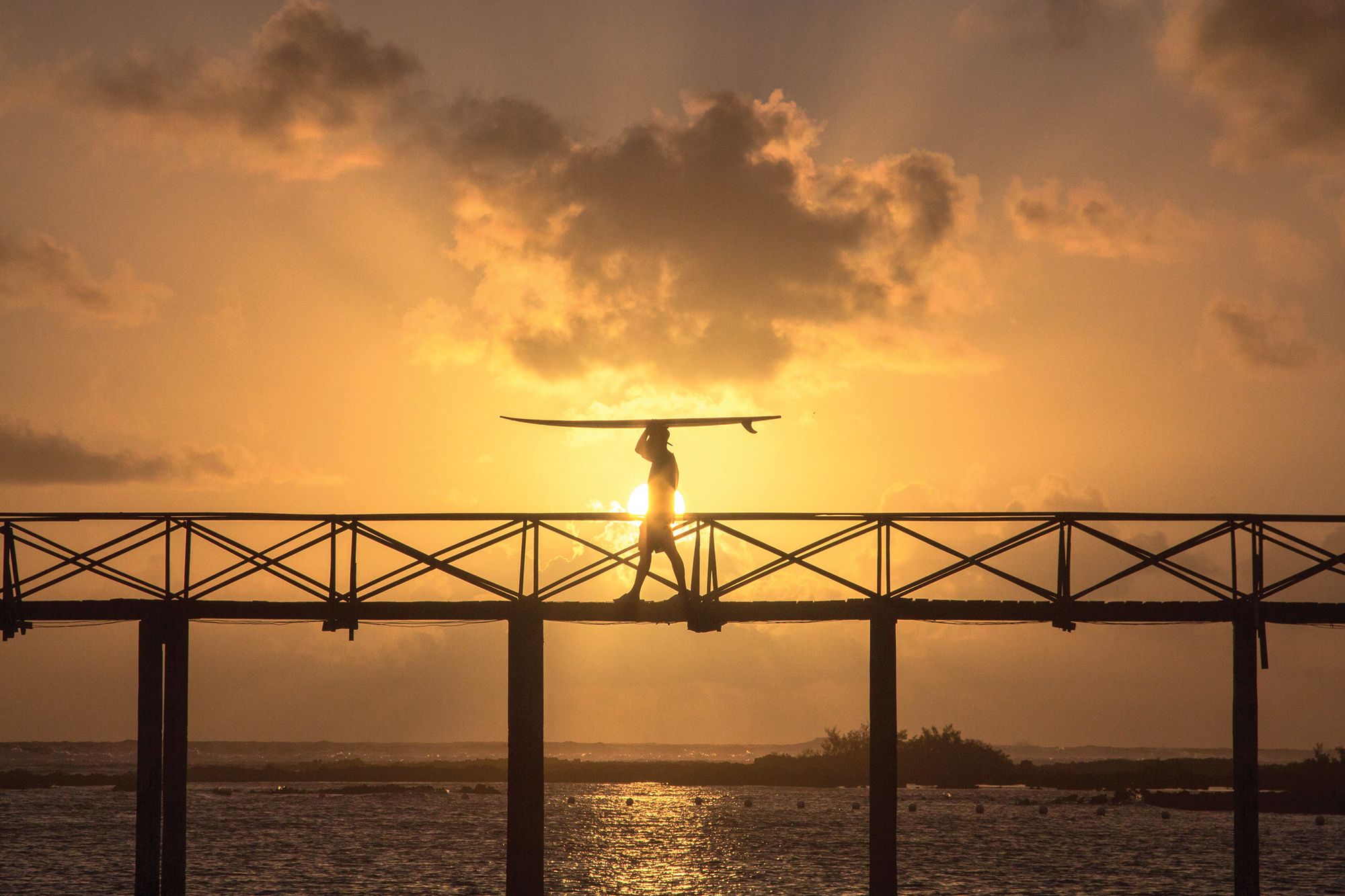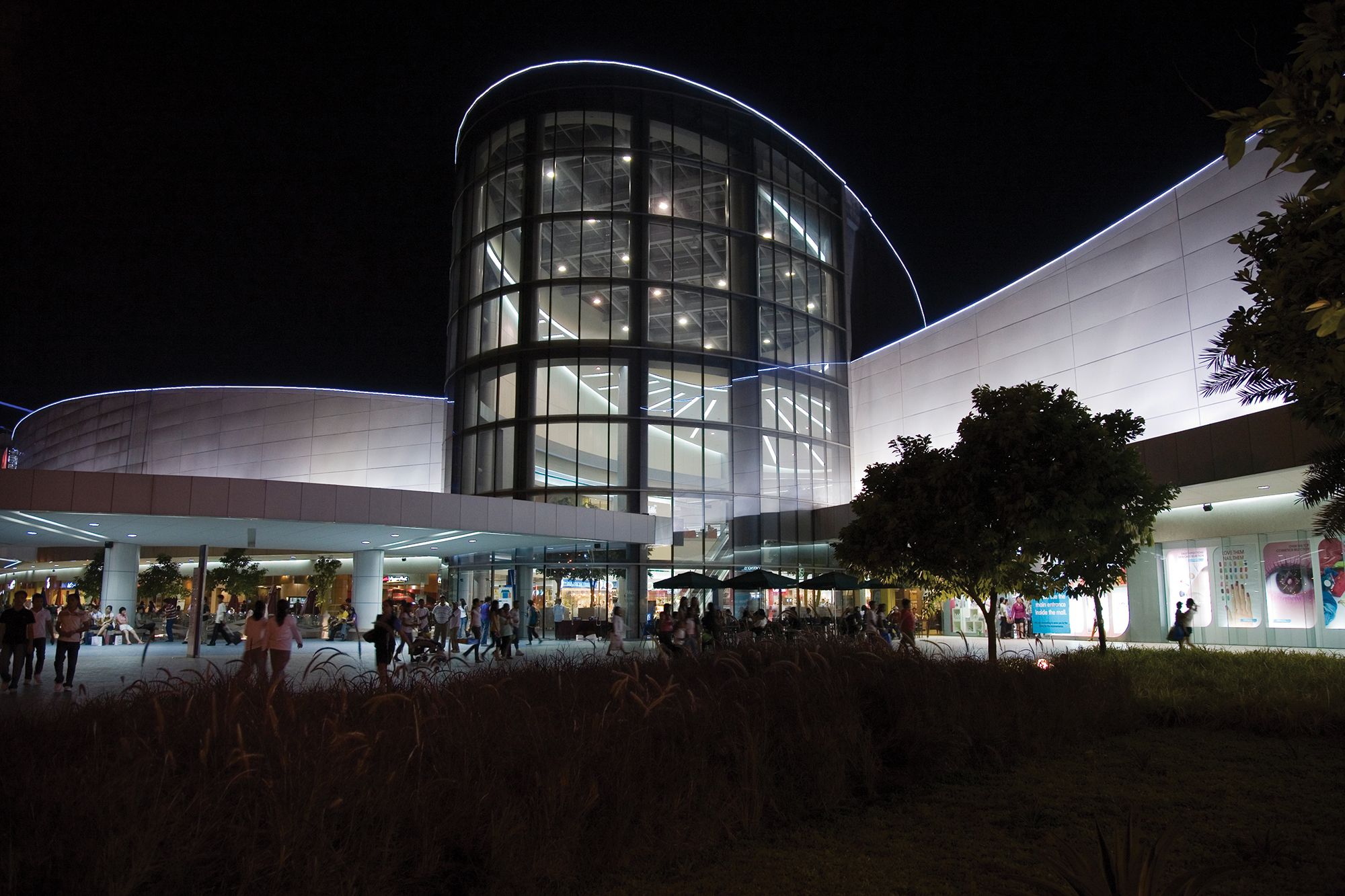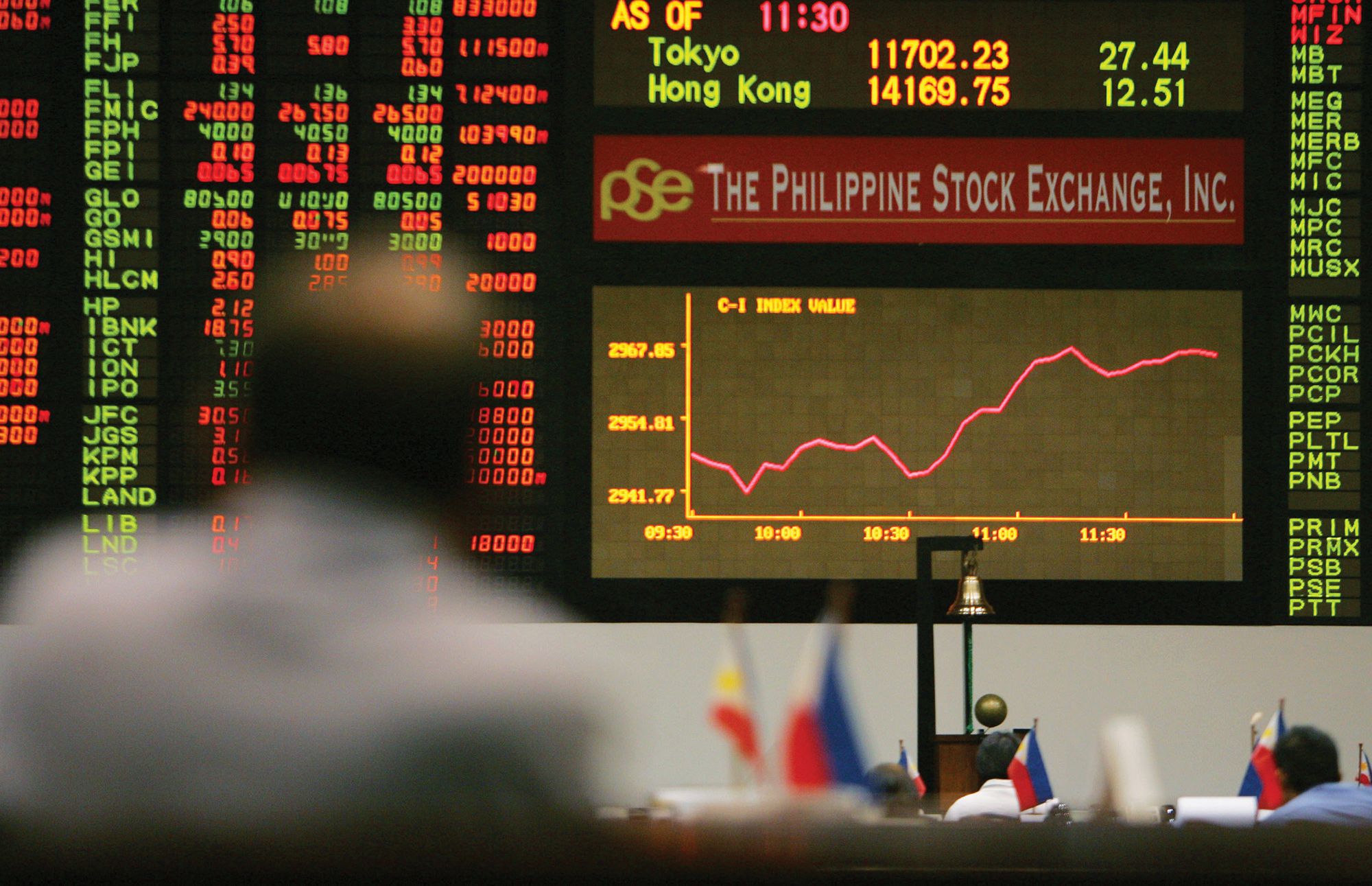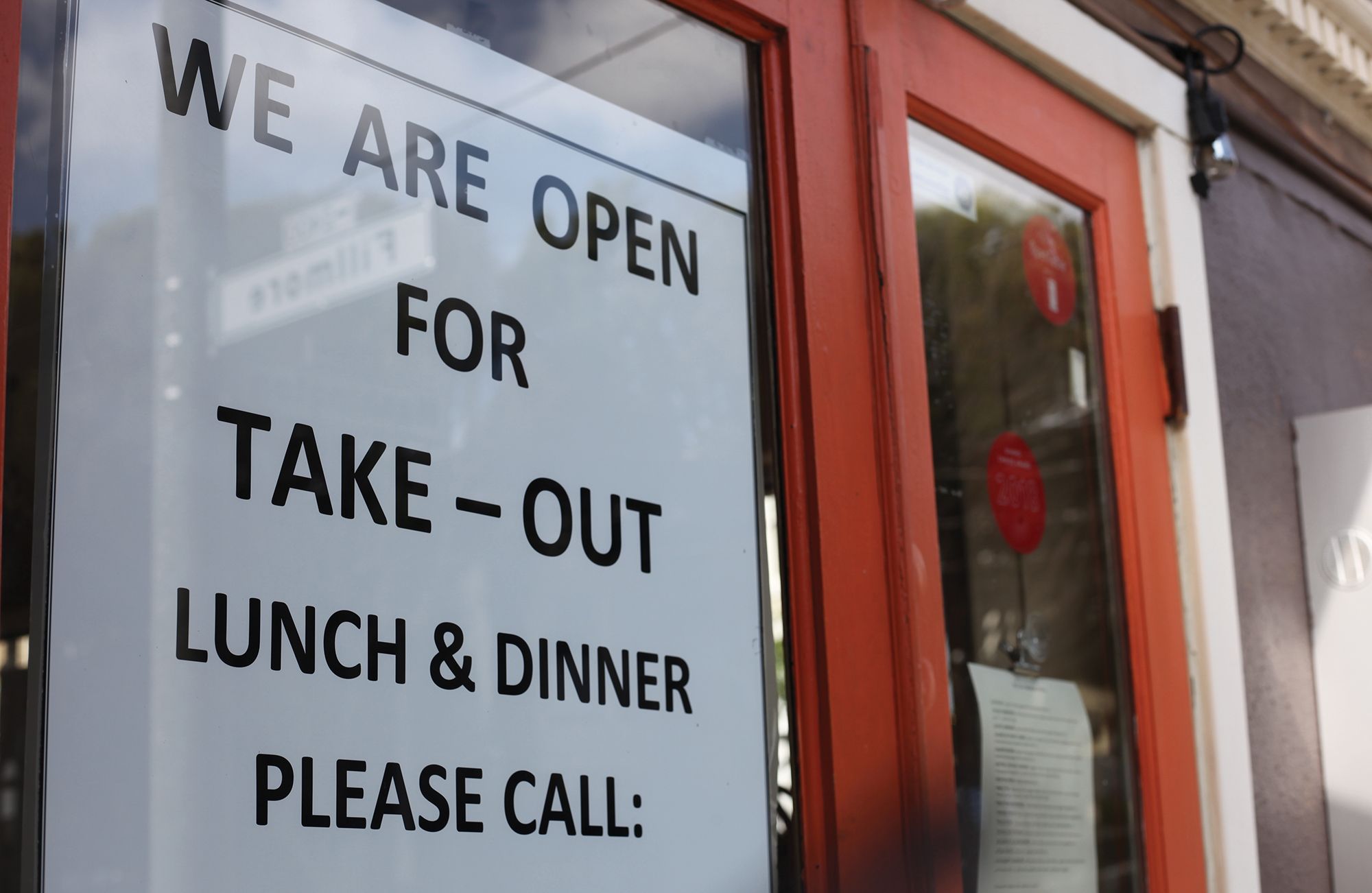What will life be like after the pandemic? Is it possible return to the old normal? Industry experts weigh in on what we can expect as they help us navigate through unchartered territory
As countries cautiously emerge from weeks, even months, of lockdown, governments and citizens all over the world are contemplating with a fair amount of trepidation what life will be like from now until we have a vaccine. The coronavirus has changed life as we know it, there is no doubt. It has impacted the global economy; countries are bracing for a recession this year and it may not be until next year that we begin to experience sustainable economic recovery.
Lockdowns around the world were necessary mitigating measures in the absence of neither a vaccine nor a proven cure for COVID-19. Apart from keeping populations, particularly the most vulnerable demographics of every society—the senior citizens and the immune-compromised—away from contagion by mandating them to remain at home, governments were also aware that uncontrollable spikes in infections would lead to health systems from being overwhelmed and unable to cope.
Measures to flatten the curve, however, have come at the expense of the economy coming to a standstill. With only essential businesses allowed to operate, companies have had to find ways to survive; while some employees are able to work from home, others have unfortunately been furloughed. Once work is allowed to resume, physical distancing and other necessary precautions will still have to be implemented. And the question remains: how do businesses bounce back from a series of setbacks that were totally unforeseen and unexpected?

As the multinational consulting giant McKinsey & Co put it, “The toughest leadership test is now looming: how to bring a business back in an environment where a vaccine has yet to be found and economies are still reeling.”
No matter the industry, McKinsey believes that there are five qualities that will be critical for business leaders to find their way to the next normal: resolve, resilience, return, re-imagination, and reform. It also recommends that “in order to come back stronger, companies should reimagine their business model as they return to full speed. The moment is not to be lost: those who step up their game will be better off and far more ready to confront the challenges—and opportunities—of the next normal than those who do not.”



